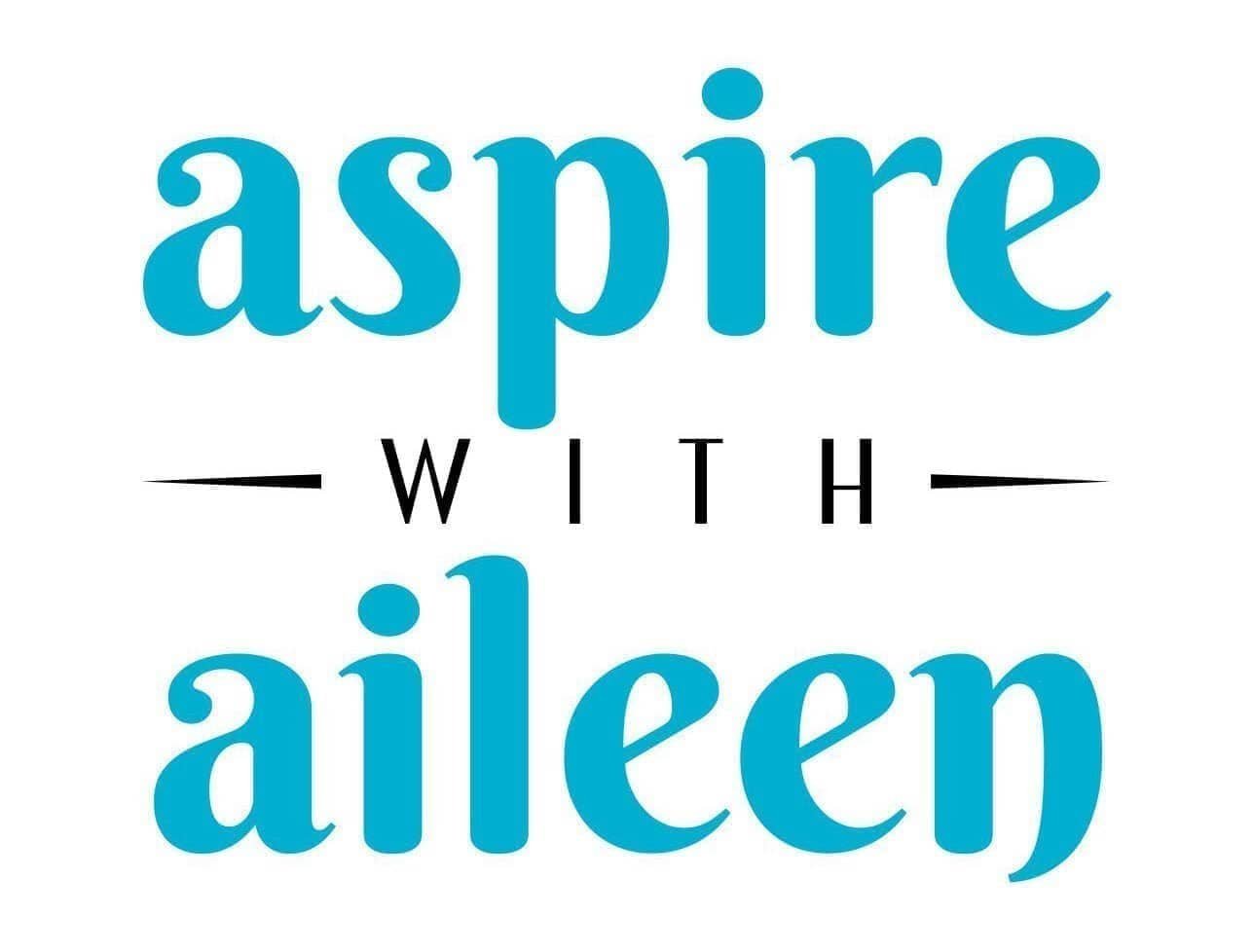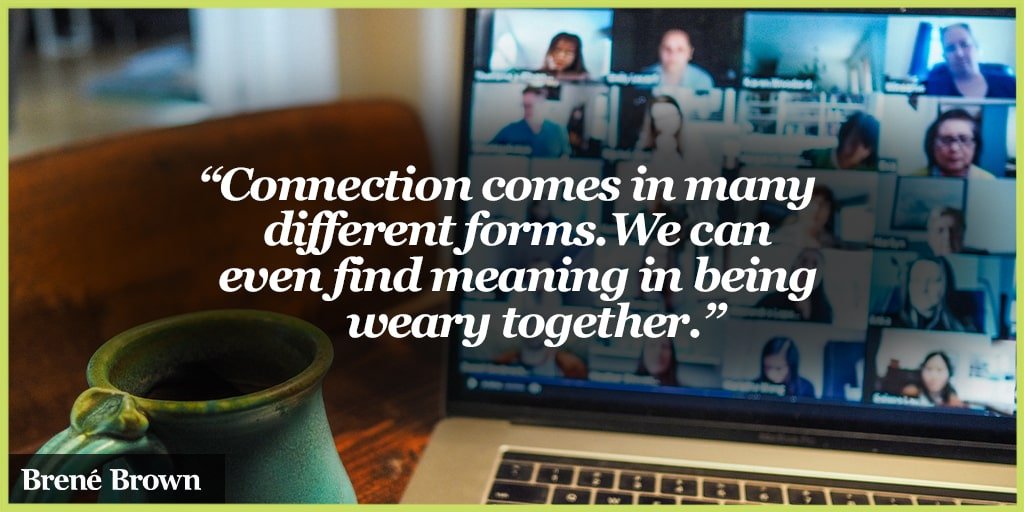Mental Health.
This phrase has been in the headlines more in the last 2 years than ever before.
But what is it really, and how can we continue the conversation to ensure we create cultures at companies that foster a more open dialogue about something that has been stigmatized for so long?
In this article we’ll…
define the difference between mental and emotional health
discuss how to normalize the fact that life is not always easy and that we all need different kinds of help at different times
explore 3 specific ways to support mental health in the workplace
What is mental health?
The American Psychological Association (APA) defines mental health as “a state of mind characterized by emotional well-being, good behavioral adjustment, relative freedom from anxiety and disabling symptoms, and a capacity to establish constructive relationships and cope with the ordinary demands and stresses of life.”
When I talk about this topic in my corporate wellness workshops, I like to point out the word “relative” in that definition. This is a small but strong word choice!
The goal is not to live a life free from anxiety, and wellness does not mean never having hard experiences interfere with the rest of your life. That’s impossible, as to be human is to suffer.
This may not be the cheeriest thing you’ve read all day, but it’s true. 🙃
The APA even somewhat acknowledges this by saying there are “ordinary demands and stresses of life” as to set the stage that it’s not about never being stressed, it’s about how you cope with inevitable stress.
The World Health Organization (WHO) and others are doing their part of expand upon the definition of mental health and emphasize this point: that mental health is more than just the absence of mental illness.
What is the difference between mental health and emotional health?
I adore the work of Psychologist Dr Guy Winch, and he makes the delineation clear by stating “Mental health is about diagnosable conditions like depression and anxiety. Emotional health is about common experiences like loneliness, failure, and heartbreak, the non-diagnosable stuff.”
I highly recommend checking out his TED Talks, especially “Why we all need to practice emotional first aid.”
In this talk he describes how there is no health without mental health, and notes “…how much we favor our physical health over our emotional health. For example, if we get a cut on our arm we can tell just by looking at it whether we need a bandage, a stitch, or an ambulance. But when we sustain an emotional wound like rejection or failure, we have no idea how to gauge whether the wound is deep or whether it requires emotional first aid and few of us would know how to ‘treat’ it ourselves if it did.
As a psychologist I find that unacceptable. Our physical health and our emotional health are the twins of our general wellbeing, and as such, we should treat them equally.”
This analogy is powerful – emotional/mental pain and dis-ease can interfere with out lives just as much, sometimes more, than the physical. It’s time we not only acknowledge that but also create better ways of caring for and promoting healing in this space.
Why does this conversation matter?
Both mental and emotional health have taken an incredible toll while people have navigated the turmoil of the last few years. The APA definition above refers to “ordinary demands and stresses of life” – we all know that the circumstances we have all faced recently have been far from ordinary. It’s no wonder the data shows people are struggling to cope.
Rates of depression and anxiety climbed globally by more than 25% in 2020. Recent events aside, in the US there has been a steady increase in rates of mental illness and a lack of people seeking treatment for some time now.
This mental wellness quote sums this up well:
We spend 1/3 of our lives at work. Given this, creating space to take care of our mental and emotional wellbeing at work is a must to create meaningful change.
With the economy shifting, many are worried that as budgets tighten, the progress that has been made in this space will regress. Ariana Huffington is one of those people, and she is encouraging employers to continue to take mental health and wellness seriously as the world continues to change.
With all of this in mind, and a better understanding of what mental health is and why this conversation matters…
Here are 3 ways to support your employees' mental health
1) Communication
One way to encourage employees and colleagues to take care of their mental and emotional wellness is to create a safe space for them where they feel supported and seen. Honoring that we’re all humans and not simply work-horses can go a long way in this regard.
In one of her podcast episodes, the inimitable Brené Brown shared that she does the following at her company:
“We start every meeting with a two-word check-in. We take turns sharing two words that describe how we're feeling that day. We all have the human need to see others and to be seen. The realness connects us.”
I love this practice because it’s a way of seamlessly integrating mindfulness and self-compassion into the workday (two tools that have a plethora of evidence supporting their ability to improve mental health.)
Being asked to name our feelings (…which is easier said than done!) and being given the time and space to turn inward to find the answers is such a caring gesture. Sometimes, it can be all you need to notice that you may not be doing that well. With that awareness, you’re much more likely to take action to feel better. A simple practice, with potentially powerful results for one’s mental wellness.
Another easy way to facilitate an open, accepting culture is through keeping these conversations going (not just once month/year!). Some people are apprehensive about doing so, and that’s understandable especially since most societies haven’t equipped us with much practice to approach these kinds of exchanges.
Two strategies?
The first is to practice mindful listening. It’s really about listening and giving people the chance to have someone hold space for them to show up as they are, and less about what you say. In fact, sometimes saying nothing beyond the sentiment of “I’m here to listen if you want to talk” can be more than enough. Listening doesn’t mean you’re taking over the responsibility of solving any issues, and you can (and should!) refer people to connect with their Employee Assistance Program and any other internal resources equipped to support employee wellness.
The second strategy is to check out the Harvard Business Review article on how to be a mental health ally.
2) Offering and modeling behaviors that facilitate mental wellness
There can only be so much change without buy-in from leadership. If leaders model behaviors that can help prevent burnout and create more work-life harmony, employees will believe that it’s okay for them to take time to take care of themselves. What does this look like in practice?
Offering mental health days
Encouraging people to use their sick time when they’re sick (sounds simple, but think of how many people you know who “work through it” and explore why that’s the case).
Creating a policy where employees must take a minimum amount of vacation days
More than that, having leaders demonstrate how to disconnect by not sending emails or being in meetings when they’re out of the office can show that time away is meant to be AWAY!
Apart from vacation, leaders can demonstrate boundaries between work and home life by not emailing or sending Slack messages at all hours. This can foster a more balanced and less stressful culture, which influences the mental and emotional health of employees.
I know this is easier said than done, but that’s why I talk all about how to implement these practices in my Power Down, Level Up: How to Create a Healthier Relationship with Technology to Improve Your Life workshop!
Speaking of which, the third example of how to support your employees’ mental health is through
3) Customized corporate wellness programs
One of the reasons I love offering corporate wellness workshops in Boston and beyond is because I get to help organizations support all areas of their employees’ health and wellness.
Want to help employees take care of their minds and bodies? Let’s do some yoga and/or meditation.
Want to teach employees how to manage their stress and connect with their colleagues (reminding them that they’re not alone, and showing them that their employer cares since they’re offering these sessions)? Let’s run some customized corporate wellness workshops on the topics you’ve seen employees struggling with, including sleep, nutrition, and more.
The above HBR article shares that:
“Group self-care activities in the workplace promote peer-to-peer engagement. Popular activities include exercise and fitness classes, healthy meals, meditation, and mindfulness programs. These experiences also foster more in-person conversations, which can facilitate discussions about mental health. Sometimes people with mental health challenges find it comforting to do things with colleagues that aren’t directly focused on mental health; many fear the loss of such social connections due to their issues. Extracurricular activities organized around a shared interest or affinity can create a space in which to create connections with other employees that facilitate engagement.”
If you’re interested in learning more, you can reach out to consult about the corporate wellness workshop needs at your organization.
These sessions not only provide people with the tools they need to feel better; they also can be a means of preventing employee burnout from the start – which is a topic we could spend an entire article on 😊
For the sake of brevity, instead, here is the Australian Government’s National Workplace Initiative (NWI) from their National Mental Health Commission. “The NWI provides a nationally consistent approach to workplace mental health” and the blueprint they share is an incredible resource to use when thinking about both the management of and prevention for mental health challenges.
If you want to dig deeper into this topic, feel free to reach out as I’m happy to point you to additional resources and providers based on your interests.
Here’s to greater wellness, in all of its forms, for all!



